Join us for a Physics Seminar this Friday at 9am
Venue: room 2.15, Physics
The presenter is Dr Emmanuel Flurin of Quantronics Group, France who is currently in Australia visiting the QDM Lab and
Title: Counting Microwave Photons with Qubits: From Spin Spectroscopy to Axion Dark Matter Search
Abstract:
Detecting single microwave photons is challenging because their energies are over five orders of magnitude lower than those of optical photons, making conventional photoionization schemes ineffective. Quantum technologies—particularly superconducting circuits—can overcome this challenge by encoding microwave photon arrivals into the state of a superconducting quantum bit, which can then be read out with high fidelity. In this talk, I will first introduce the SMPD architecture: a transmon qubit driven in a cyclic four-wave mixing process that maps itinerant photons onto its excited state with near-unity efficiency [1]. I will then describe the integration of the SMPD into various applications in the microwave domain. First, I will discuss particle physics, specifically the search for hypothetical axion particles using haloscopes—frequency-tunable, high-quality-factor three-dimensional cavities placed in strong magnetic fields designed to induce the decay of galactic axions into microwave photons. Here, SMPD-based detection schemes have enabled a twentyfold increase in search speed around 7 GHz compared to quantum-limited linear amplifiers [3]. Next, I will cover applications in single-spin magnetic resonance: detecting individual erbium ions coupled to a millikelvin planar superconducting resonator [2], and performing nuclear magnetic resonance on tungsten nuclear spins adjacent to erbium ions in a host crystal, achieving quantum-non-demolition readout and demonstrating second-scale coherence times [4]. Finally, I will show that SMPD sensitivity can be significantly enhanced by employing multiple qubits and elementary error-correction methods [5],` suggesting that, much like optical single-photon detection has driven advances across numerous fields, highly sensitive SMPDs could similarly catalyze new scientific discoveries and applications in the microwave domain.
References:
[1] R. Lescanne et al., Phys. Rev. X 10(2), 2020.
[2] Z. Wang et al., Nature, 2023.
[3] C. Braggio et al., Phys. Rev. X, 2025.
[4] J. O’Sullivan et al., arXiv:2410.10432, 2024.
[5] A. S. May et al., arXiv:2502.14804, 2025.
